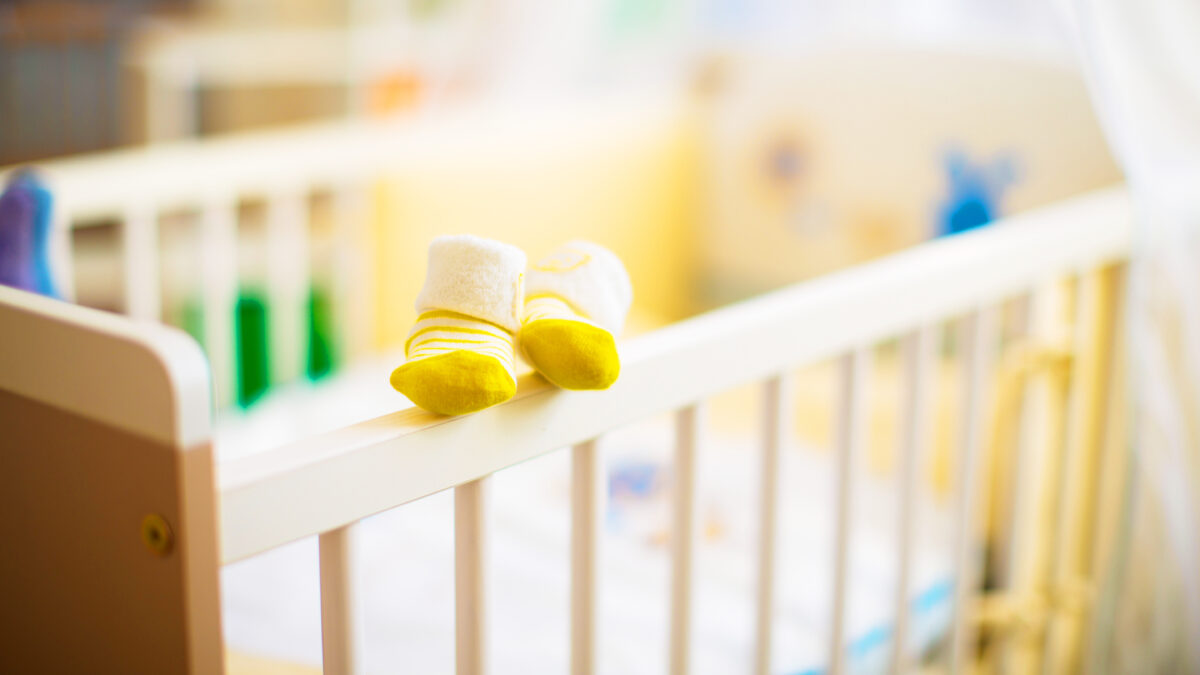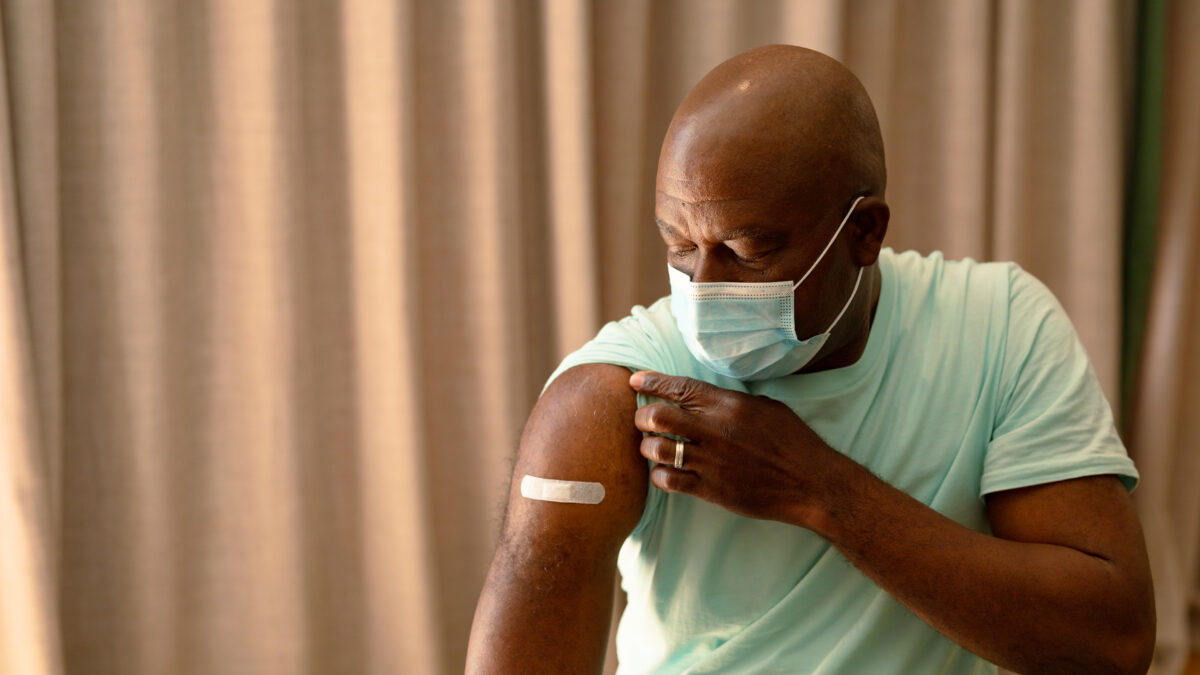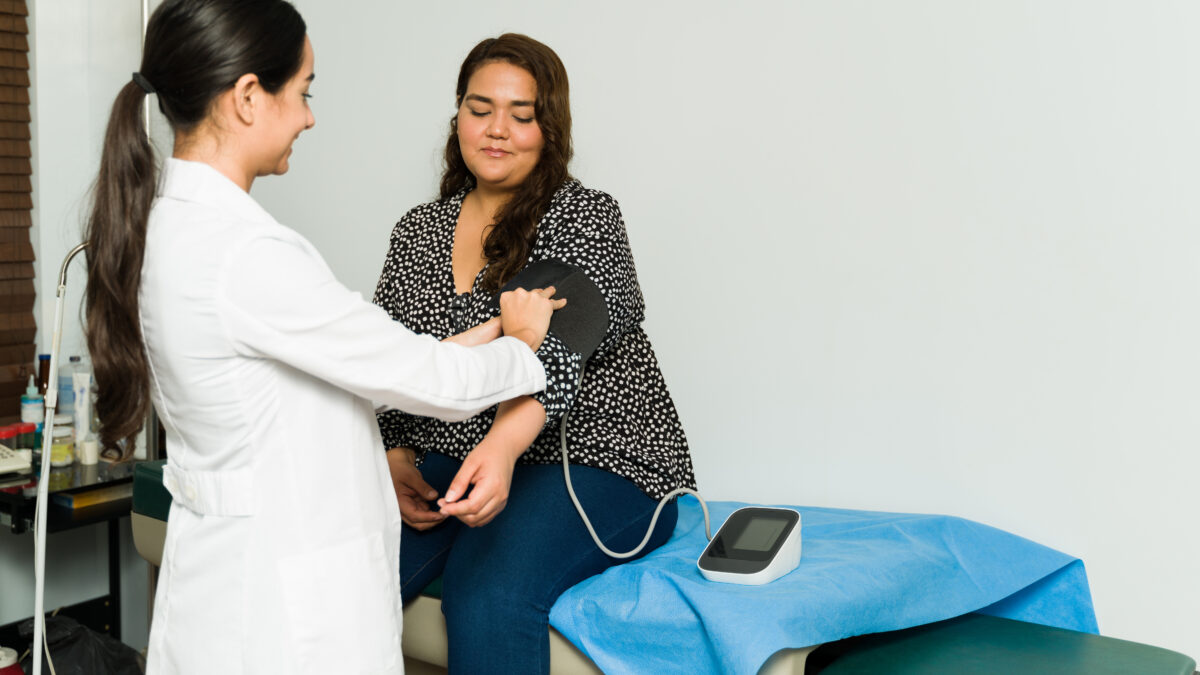Following an unprecedented uptick in stillbirths, Congress may be getting serious about reducing the number of babies who never take their first breath.
A bipartisan group of senators recommitted to preventing stillbirths in September 2023, when the Maternal and Child Health Stillbirth Prevention Act passed the Senate. If the legislation passes the House of Representatives, it would fund research on stillbirth prevention. Previously introduced bills, such as the Stillbirth Health Improvement and Education (SHINE) for Autumn Act, have attempted to improve data collection and increase education about stillbirth.
Stillbirth is defined as the death of a fetus after 20 weeks’ gestation. Congressional leaders seem to have an interest in addressing the issue, though progress has been slow.
Australia’s Approach Reduced Tragic Outcomes
Congress might look to Australia’s approach as a template.
The commonwealth implemented a $40 million national stillbirth plan in 2020, uniting the medical and policy communities to address the issue. The plan’s measures encompass research, education, public awareness and support services for stillbirth. Since implementing the plan, Australia has reduced stillbirths more than twice as quickly as the U.S. has.
More than one in four such deaths may be preventable, and in the final weeks of pregnancy that number rises still higher. Prevention requires clinical research, patient support, and active programming, all of which take investment of national resources.
Disparities Reflect Lack of Access, Education
Any mother-to-be may suffer the heartbreak of stillbirth, but rates are higher among Black, American Indian and Alaskan native women. Race is one of the highest differentiating risk factors, along with poverty, cigarette smoking and maternal health challenges like diabetes or eclampsia.
Experiencing a stillbirth brings complications of its own, particularly to the grieving mother’s physical and mental health.
Educating mothers about safe practices, like sleeping on their sides, and when to seek help is a key part of raising public awareness about the issue. Clinicians rarely conduct autopsies, which can reveal placental anomalies or other contributing factors. Often, doctors cannot deduce what went wrong.
The Centers for Disease Control tracks stillbirths and develops recommendations for health care providers, but most of that information doesn’t reach patients who need it.
A national plan to coordinate education strategies and research into the causes of stillbirth would help bridge that gap.




